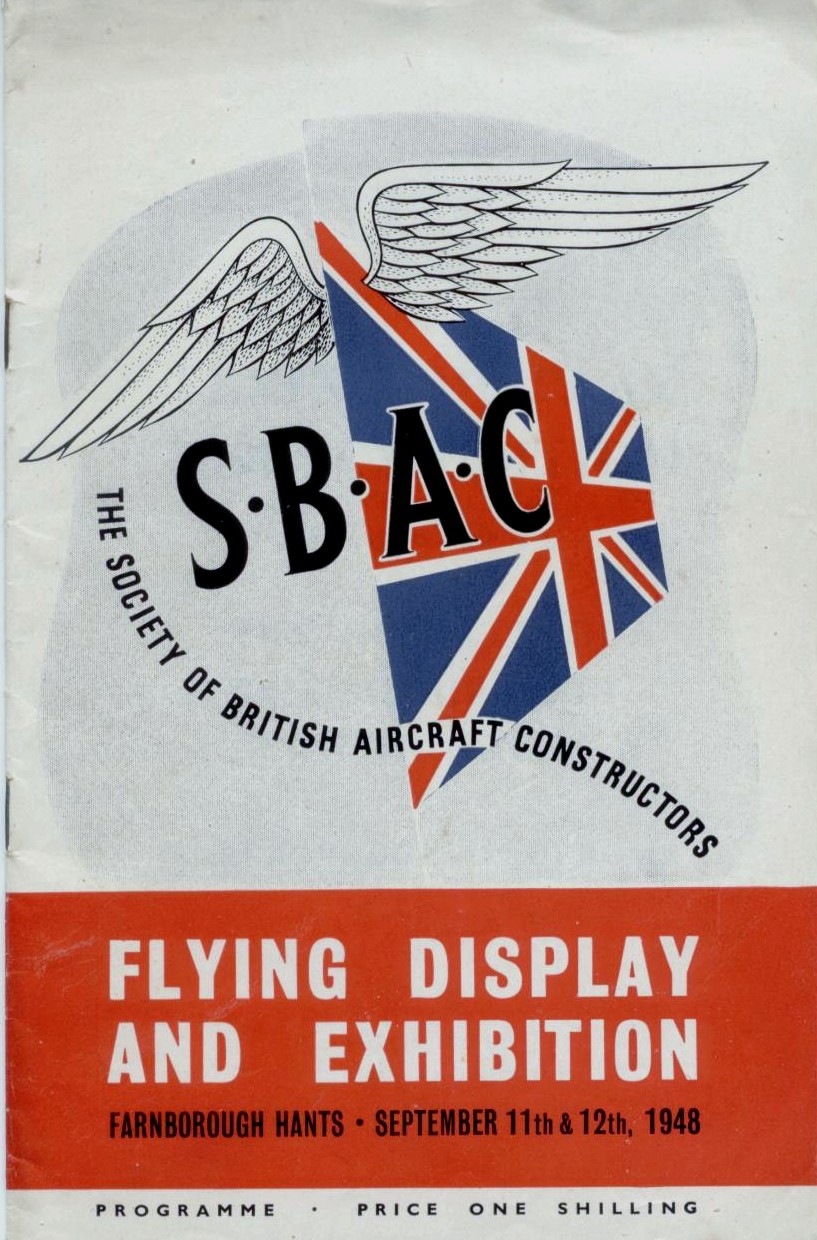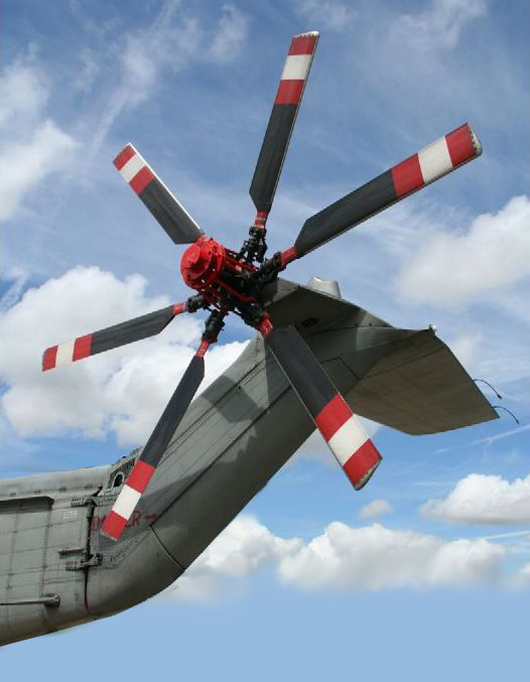|
Kamov Ka-50
The Kamov Ka-50 "Black Shark" (russian: Чёрная акула, translit=Chyornaya akula, English: kitefin shark, NATO reporting name: Hokum A) is a Soviet/Russian single-seat attack helicopter with the distinctive coaxial rotor system of the Kamov design bureau. It was designed in the 1980s and adopted for service in the Russian army in 1995. It is manufactured by the Progress company in Arsenyev. It is used as a heavily armed scout helicopter. It has a rescue ejection system, rare for helicopters. During the late 1990s, Kamov and Israel Aerospace Industries developed a tandem-seat cockpit version, the Kamov Ka-50-2 "Erdogan" (russian: link=no, Эрдоган, tr, Erdoğan), to compete in Turkey's attack helicopter competition. Kamov also designed another two-seat variant, the Kamov Ka-52 "Alligator" (russian: link=no, Аллигатор, NATO reporting name: Hokum B). Development The Ka-50 is the production version of the V-80Sh-1 prototype. Production of the attack ... [...More Info...] [...Related Items...] OR: [Wikipedia] [Google] [Baidu] |
WikiProject Aircraft
A WikiProject, or Wikiproject, is a Wikimedia movement affinity group for contributors with shared goals. WikiProjects are prevalent within the largest wiki, Wikipedia, and exist to varying degrees within sister projects such as Wiktionary, Wikiquote, Wikidata, and Wikisource. They also exist in different languages, and translation of articles is a form of their collaboration. During the COVID-19 pandemic, CBS News noted the role of Wikipedia's WikiProject Medicine in maintaining the accuracy of articles related to the disease. Another WikiProject that has drawn attention is WikiProject Women Scientists, which was profiled by '' Smithsonian'' for its efforts to improve coverage of women scientists which the profile noted had "helped increase the number of female scientists on Wikipedia from around 1,600 to over 5,000". On Wikipedia Some Wikipedia WikiProjects are substantial enough to engage in cooperative activities with outside organizations relevant to the field at issue. For e ... [...More Info...] [...Related Items...] OR: [Wikipedia] [Google] [Baidu] |
Israel Aerospace Industries
Israel Aerospace Industries (Hebrew: התעשייה האווירית לישראל ''ha-ta'asiya ha-avirit le-yisra'el'') or IAI (תע"א) is Israel's major aerospace and aviation manufacturer, producing aerial and astronautic systems for both military and civilian usage. It has 15,000 employees as of 2018. IAI is completely state-owned by the government of Israel. IAI designs, develops, produces and maintains civil aircraft, drones, fighter aircraft, missile, avionics, and space-based systems. Although IAI's main focus is engineering, aviation and high-tech electronics, it also manufactures military systems for ground and naval forces. Many of these products are specially suited for the Israel Defense Forces (IDF) needs, while others are also marketed to foreign militaries. History Israel Aerospace Industries was founded in 1953 as Bedek Aviation Company under the initiative of Shimon Peres, then director general of the Ministry of Defense, in order to maintain Israel Defense ... [...More Info...] [...Related Items...] OR: [Wikipedia] [Google] [Baidu] |
Russian Ground Forces
The Russian Ground Forces (russian: Сухопутные войска �ВSukhoputnyye voyska V}), also known as the Russian Army (, ), are the land forces of the Russian Armed Forces. The primary responsibilities of the Russian Ground Forces are the protection of the state borders, combat on land, and the defeat of enemy troops. The President of Russia is the Supreme Commander-in-Chief of the Armed Forces of the Russian Federation. The Commander-in-Chief of the Russian Ground Forces is the chief commanding authority of the Russian Ground Forces. He is appointed by the President of Russia. The Main Command of the Ground Forces is based in Moscow. Mission The primary responsibilities of the Russian Ground Forces are the protection of the state borders, combat on land, the security of occupied territories, and the defeat of enemy troops. The Ground Forces must be able to achieve these goals both in nuclear war and non-nuclear war, especially without the use of weapons of ma ... [...More Info...] [...Related Items...] OR: [Wikipedia] [Google] [Baidu] |
Torzhok
Torzhok (russian: Торжо́к) is a town in Tver Oblast, Russia, located on the Tvertsa River along the federal highway M10 and a branch of the Oktyabrskaya Railway division of the Russian Railways. The town is famous for its folk craft of goldwork embroidery. Population: History Torzhok was first mentioned in a chronicle in 1139 as Novy Torg. The Mongols burned it in 1238, but did not proceed northward to Novgorod. At that time, the town commanded the only route whereby grain was delivered to Novgorod. Once Torzhok blocked the route, a great shortage of grain and famine in Novgorod would follow. Consequently, Torzhok was known as a key to the Novgorod Republic and frequently changed hands during feudal internecine wars. The town was incorporated into the Grand Duchy of Moscow with the rest of the Novgorod Republic in 1478. The armies of a Sigmund the III of Poland frequently ravaged it during the Time of Troubles. During the imperial period, Torzhok was known as an imp ... [...More Info...] [...Related Items...] OR: [Wikipedia] [Google] [Baidu] |
Studia Mythologica Slavica
''Studia mythologica Slavica'' is a Slovene academic journal dedicated to ethnology, history, archaeology, linguistics, religious studies, literary history and philosophy in the context of Slavic mythology. Published since 1998 by the Institute of Slovenian Ethnology (Scientific Research Centre of the Slovenian Academy of Science and Arts (ZRC SAZU)) and the University of Udine. The journal is a annual published in print and online. Articles are published in all Slavic languages, in English, German and Italian. The main goal of the journal is to present comparative research that presents Slavic culture in the broader context of European and non-European cultures. The journal also encourages the study of contemporary phenomena of spiritual, social and material culture and their transformations. Editorial Team ; Editors-in-Chief * dr. Monika Kropej Telban (ZRC SAZU, Institute of Slovenian Ethnology) * dr. Katja Hrobat Virloget (University of Primorska, Faculty of Humanitie ... [...More Info...] [...Related Items...] OR: [Wikipedia] [Google] [Baidu] |
Farnborough Airshow
The Farnborough Airshow, officially the Farnborough International Airshow, is a trade exhibition for the aerospace and defence industries, where civilian and military aircraft are demonstrated to potential customers and investors. Since its first show in 1948, Farnborough has seen the debut of many famous planes, including the Vickers VC10, Concorde, the Eurofighter, the Airbus A380, and the Lockheed Martin F-35 Lightning II. At the 1958 show, the RAF's Black Arrows executed a 22-plane formation loop, setting a world record. The international trade show is put together every two years by FIL Farnborough International Ltd. and runs for five days. Until 2020, the show ran for a full week with trade visitors attending on the first five days and the weekend reserved for the general public. Programming takes place at the Farnborough Airport, which lies roughly 50 kilometres south-west of London. Status The Farnborough International Airshow is the second-largest show of its kind afte ... [...More Info...] [...Related Items...] OR: [Wikipedia] [Google] [Baidu] |
Ramenskoye Airport
Zhukovsky , formerly (and still occasionally) known as Ramenskoye (russian: link=no, аэропорт Жуковский, аэродром Раменское) is an international airport, located in Moscow Oblast, Russia, southeast of central Moscow, in the city of Zhukovsky, a few kilometers south-east of the closed Bykovo Airport. History The airfield assigned to the newly established in 1941 Flight Research Institute has served as a major USSR aircraft testing establishment, with most of the major Russian OKBs having facilities there. This airfield was used as a test site for the Soviet Buran Spacecraft. It was also used by the Ministry of Emergency Situations and cargo carriers. Until June 2006, jet fighters flights for the public and international customers were available at the Gromov Flight Research Institute airfield (a number of two-seater jets like: Aero L-39 Albatros, Mikoyan-Gurevich MiG-25 Foxbat, for Edge of Space flights, Mikoyan MiG-29 Fulcrum, etc.). On Ma ... [...More Info...] [...Related Items...] OR: [Wikipedia] [Google] [Baidu] |
Ejection Seat
In aircraft, an ejection seat or ejector seat is a system designed to rescue the aircraft pilot, pilot or other aircrew, crew of an aircraft (usually military) in an emergency. In most designs, the seat is propelled out of the aircraft by an explosive charge or rocket motor, carrying the pilot with it. The concept of an ejectable escape crew capsule has also been tried. Once clear of the aircraft, the ejection seat deploys a parachute. Ejection seats are common on certain types of military aircraft. History A bungee cord, bungee-assisted escape from an aircraft took place in 1910. In 1916, Everard Calthrop, an early inventor of parachutes, patented an ejector seat using compressed air. The modern layout for an ejection seat was first introduced by Romanian inventor Anastase Dragomir in the late 1920s. The design featured a ''parachuted cell'' (a dischargeable chair from an aircraft or other vehicle). It was successfully tested on 25 August 1929 at the Paris-Orly Airport ne ... [...More Info...] [...Related Items...] OR: [Wikipedia] [Google] [Baidu] |
NPP Zvezda
JSC Research & Development Production Enterprise Zvezda, or R&D PE Zvezda (russian: Научно-производственное предприятие "Звезда", НПП Звезда, Nauchno-Proizvodstvennoye Predpriyatiye "Zvezda", NPP Zvezda, lit. "Star") is a Russian manufacturer of life-support systems for high-altitude flight and human spaceflight. Its products include space suits, ejector seats, aircraft escape slides, lifejackets and fire extinguishers. It is based in Tomilino, near Moscow. Guy Illich Severin was the General Director and General Designer of the company from 1964 to 2008. Sergey S. Pozdnyakov has been Temporary General Director since 2008. History The organization was founded in 1952 to develop aviation pressure suits and in-flight refuelling systems for the USSR's space research programme. In the 1960s it began to design space suits, including the one worn by Yuri Gagarin. In 1965, a Berkut spacesuit was worn during the first spacewalk. T ... [...More Info...] [...Related Items...] OR: [Wikipedia] [Google] [Baidu] |
Circle Strafing
Strafing is the act of moving sideways in a video game relative to the player's forward direction. Strafing allows a player to keep the camera focused on a target such as an enemy, while moving in a different direction. Techniques Circle strafing Circle strafing is the technique of moving around an opponent in a circle while facing them. Circle strafing allows a player to fire continuously at an opponent while evading their attacks. Circle strafing is most useful in close-quarters combat where the apparent motion of the circle strafing player is much greater than that of their stationary enemy, and thus the chance of making the enemy lose track of their target is higher and/or the enemy is required to lead the target when firing. The effectiveness of circle strafing is mitigated when the opponent's weapon fires projectiles that travel instantaneously (also referred to as a hitscan weapon), or fires at a high rate, e.g. with a machine gun. Circle strafing is especially effecti ... [...More Info...] [...Related Items...] OR: [Wikipedia] [Google] [Baidu] |
Tail Rotor
The tail rotor is a smaller rotor mounted vertically or near-vertically at the tail of a traditional single-rotor helicopter, where it rotates to generate a propeller-like horizontal thrust in the same direction as the main rotor's rotation. The tail rotor's position and distance from the helicopter's center of mass allow it to develop enough thrust leverage to counter the reactional torque exerted on the fuselage by the spinning of the main rotor. Without the tail rotor or other anti-torque mechanisms (e.g. NOTAR), the helicopter would be constantly spinning in the opposite direction of the main rotor when flying. Tail rotors are simpler than main rotors since they require only collective changes in pitch to vary thrust. The pitch of the tail rotor blades is adjustable by the pilot via the anti-torque pedals, which also provide directional control by allowing the pilot to rotate the helicopter around its vertical axis. Its drive system consists of a shaft powered from the mai ... [...More Info...] [...Related Items...] OR: [Wikipedia] [Google] [Baidu] |







